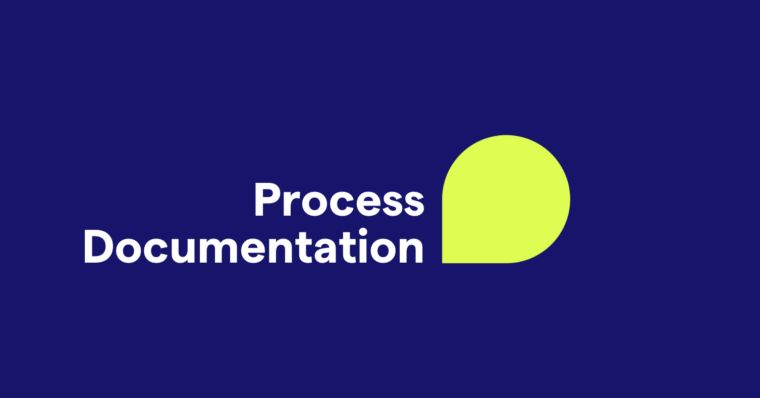
When you visit an organization’s website, you can almost always find its mission statement. This is a short explanation of why the organization exists and what it aims to achieve.
As a professional or entrepreneur, you might find yourself in a situation where you have to write a mission statement. If you’re not sure what to include or how to craft it, don’t worry, we’ve got you covered.
What is a mission statement?
A mission statement is a concise explanation of an organization’s purpose. Both for-profit companies and nonprofit organizations typically have mission statements.
A mission statement is closely tied to an organization’s brand. It provides a framework for the organization to develop its brand and design its brand identity. In doing this, a mission statement also communicates the organization’s broad goals and reason for existence to employees, potential partners, clients and customers, and the public at large.
When you read companies’ mission statements, you’ll likely notice they don’t always mention the company’s product or service. For example, this is American Express’s mission statement: Become essential to our customers by providing differentiated products and services to help them achieve their aspirations. Patagonia’s mission statement says this: We’re in business to save our home planet. When you consider a mission statement, the goal is to write one that feels like both a starting point and an aspiration for your organization.
Although mission statements are typically associated with companies and other kinds of organizations, many people also write mission statements for themselves. Your mission statement can be directly related to your career, or you can create one as a personal code to follow. As with a mission statement for an organization, a personal mission statement should state what you do and why you do it. Take a look at Sir Richard Branson’s personal mission statement: To have fun in my journey through life and learn from my mistakes.
When do you need a mission statement?
While a mission statement can be helpful, it is by no means a requirement. Still, when you start a business or an organization, or simply decide to intentionally “brand” yourself as you enter (or reenter) the workforce, you might consider writing one.
Here are a few ways a mission statement can be helpful:
- It signals your values to prospective job applicants, helping your organization connect with people who are aligned with your goals.
- It communicates your purpose to potential strategic partners.
- It gives leaders and team members a framework to refer to when making decisions and interacting on behalf of the organization.
- It can guide you when setting goals and determining appropriate strategies for pursuing them.
Knowing how to craft an effective mission statement is a professional writing skill that can strengthen your résumé and enhance your career.
How to write a mission statement
When you write a mission statement, think about why your organization was founded and the role it fills within its community, industry, or the marketplace as a whole. Identify these components for your organization:
- Its core values
- The value it offers to consumers and supporters
- The reason for offering this value
Identify these same components if you’re writing a mission statement for yourself. Once you’ve determined your mission, write an effective mission statement by following these steps:
- Use the active voice (e.g., We provide opportunities instead of Opportunities are provided).
- Write in the first person (e.g., I/We support climate activism by . . . instead of They support climate activism by . . .).
- Include at least one verb. Remember, your mission is a course of action. Verbs are words that describe actions, so write a mission statement with at least one in mind.
- Write a mission statement in the present tense.
Keep it short; a few sentences are all you need. Don’t get too granular about the specifics of how you’ll pursue your mission either. Instead, focus on the broad effects of what your mission achieves, rather than on the details of how you’ll achieve it. Your word choice can guide the mission statement’s tone, which should be professional without being stuffy as well as confident without being arrogant.
Mission statement vs. vision statement
A mission statement and a vision statement are not the same thing. While a mission statement outlines an organization’s big-picture goals and aspirations, a vision statement details the strategies it’s using to meet its mission statement.
Here is an example of Microsoft’s mission and vision statements:
Mission statement: To empower every person and every organization on the planet to achieve more.
Vision statement: To help people and businesses throughout the world realize their full potential.
As you can see, mission statements and vision statements use similar language, and both can sound vague and lofty. This is because they leave room for the organization to take different actions or change tactics, rather than boxing it into a specific set of guidelines.
Mission statement examples
Take a look at these mission statement examples to find inspiration for your mission statement.
To give customers the most compelling shopping experience possible. —Nordstrom
To discover and spread ideas that spark imagination, embrace possibility and catalyze impact. —TED
To ignite Bold and Brilliant conversations about issues that matter most to the Black community. —EBONY
To inspire breakthroughs in the way the world treats children and to achieve immediate and lasting change in their lives. —Save the Children
To provide effective means for the prevention of cruelty to animals throughout the United States. —American Society for the Prevention of Cruelty to Animals
Not merely to survive, but to thrive; and to do so with some passion, some compassion, some humor, and some style. —Maya Angelou
Mission statement FAQs
What is a mission statement?
A mission statement is a concise explanation of an organization’s purpose and goals.
What’s the purpose of a mission statement?
The purpose of a mission statement is to communicate why an organization exists and what it aims to achieve through its operations, whether it’s a for-profit business or a nonprofit organization. An individual can write a mission statement for themselves too. A personal mission statement communicates the cause an individual is committed to and what they aim to achieve.
What should a mission statement include?
A mission statement should include the organization’s purpose and intention. Generally, mission statements use broad language that gives an organization leeway in how it can pursue its goals.
Mission statement vs. vision statement
While a mission statement outlines an organization’s big-picture goals and aspirations, a vision statement details the strategies it’s using to meet its mission statement.






